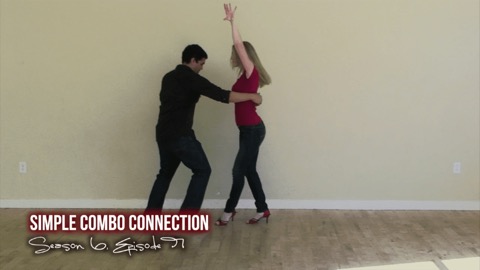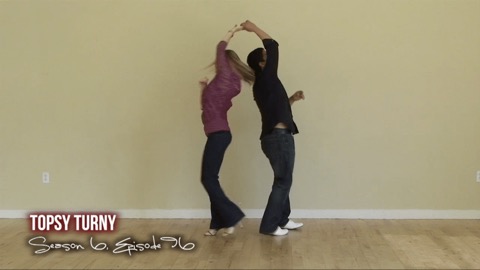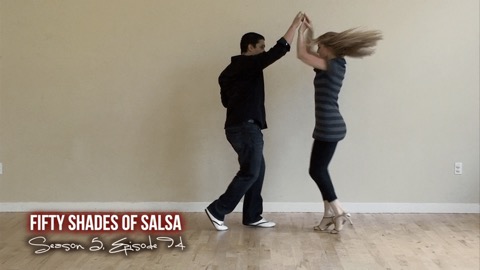Salsa Dancing : Your Brain on Dancing
I found this article very interesting…. it explains why at the beginning of learning salsa, its difficult to multi task your motor skills. This is also scientific proof of why learning to follow is much easier than learning to lead… Learning to follow requires the use of the sense of touch (which according to the published research - the brain can easily handle because it is directly connected to the motor processing part of the brain). However leading requires the images of the actions (planning and forming motor actions) be kept in the leads head followed my multiple motor skill actions - which the brain cannot easily do at the same time. (it has to keep track of how the leads feet are placed, timing of music, planning the next move, how the move should look, the follows feet, the hands to lead the move…etc). It says that the reason we are able to do this is because by forcing our brain to perform all these activities repeatedly, it ends up turning all these different tasks into just one. So as an example, crossbody lead - instead of thinking, ok, step forward, step side, open up, lead the lady across, and come back together on 7 and basic step… we just think - cross-body lead (so we don't have to "plan" for a cross-body lead just let our muscles execute it) and our brain is then free to do 'other' things such as adding styling and flavor.Article: https://whyfiles.org/shorties/220square_circle/ (And not for the faint of heart, here are the papers:https://www.personal.psu.edu/dar12/Publications/Publications_06_w.htm ) "The experiment, published in the November/December Journal of Experimental Psychology, proved that the limitation is neither in the muscles nor in the part of nervous system that communicates directly with them, Rosenbaum says. "Instead, we have come to the idea that the source of the limitation is conceptual, it's not in the execution." When asked to draw a square and circle, "you need to keep those two forms in mind, and that's hard for us to do."Touch input goes to a part of the brain called the somatosensory cortex, which is directly connected to the motor cortex, Rosenbaum explains. And apparently these two areas are happy to trace squares and circles without help (or hindrance!) from the brain's intellectual center, the prefrontal cortex, which makes plans and carries them out.So how, for example, do musicians do two things at once? "It turns out that very, very few people can carry out two differently timed activities totally independently," says Rosenbaum. "If you sing while playing guitar, over time, you learn to think of them as a single task."











